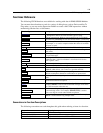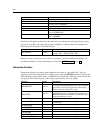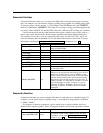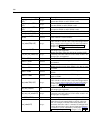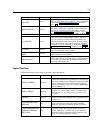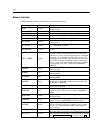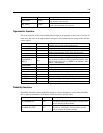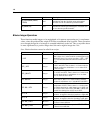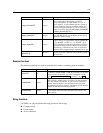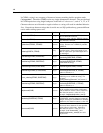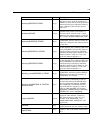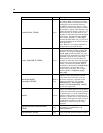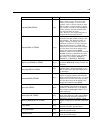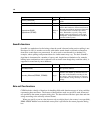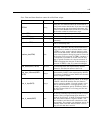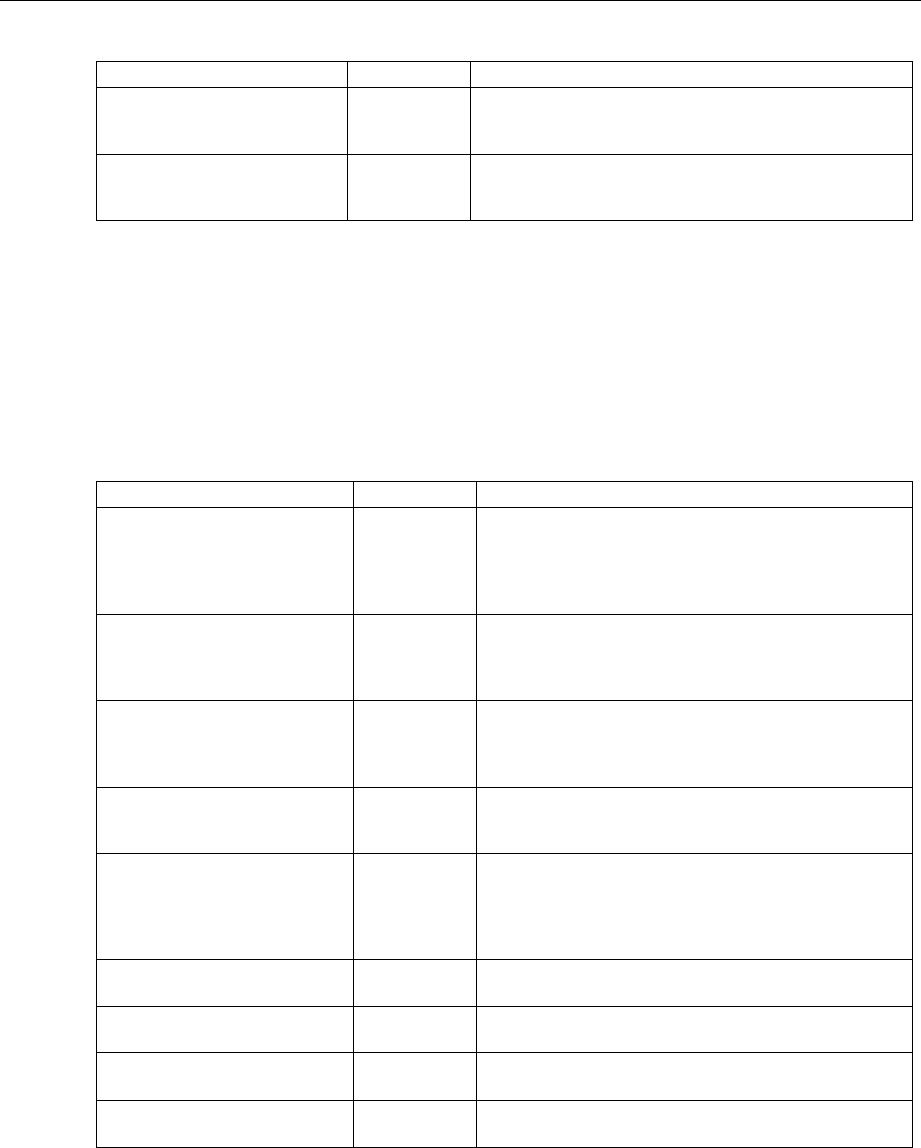
140
Chapter 8
Function
Result
Description
cdf_normal(NUM, MEAN,
STDDEV)
Real
Returns the pro bability t hat a value from the normal
distribution with the specified mean and s t andard
deviation will be less than the specified number.
cdf_t(NUM, DF)
Real
Returns the pro bability t hat a value from Student’s t
distribution with the specified degrees of freedom will
be less than the specified number.
Bitwise Integer Operations
These functions enable integers to be manipulated as bit patterns representing two’s-complemen t
values, where bit position N has weight 2**N. Bits are numbered from 0 upward. These operations
act as though the sign b it of an integer is extended indefinitel y to the left. Thus, everywhere above
its most significant bit, a positiv e integer has 0 bits and a negative integer has 1 bit.
Note: Bitwise functions cannot be called from scripts.
Function
Result
Description
~~ INT1
Integer
Produces the bitwise com plement of the integer INT1.
That is, there is a 1 in the result for each bit position for
which INT1 has 0. It is always true that ~~ INT = –(INT
+ 1). Note that this function can not be called from a
script.
INT1 || INT2
Integer
The result of this operation is the bitwise “inclusive or”
of INT1 and INT2. That is, there is a 1 in the result for
each bit position for which th ere is a 1 in either INT1
or INT2 or both.
INT1 ||/&
INT2
Integer
The result of this operation is the bitwise “exclusive
or” of INT1 and INT2. That is, there is a 1 in the result
for each bit position for which there is a 1 in either
INT1 or INT2 bu t not in both.
INT1 && INT2
Integer
Produces the bitwise “and” of the integers INT1 and
INT2. Th
at is, there is a 1 in the result for each bit
position for which there is a 1 in both INT1 and INT2.
INT1 &&~~ INT2
Integer
Produces the bitwise “and” of INT1and the bitwise
complement of INT2. That is, there is a 1 in the result
for each bit position for which there is a 1 in INT1 and
a 0 in INT2. This is the same as INT1&& (~~INT2) and
is useful for clearing bits of INT1 set in INT2.
INT << N
Integer
Produces the bit pattern of INT1 shifted left by N
positions. A negative value for N produces a right shift.
INT >> N
Integer
Produces the bit pattern of INT1 shifted right by N
positions. A negati ve value for N produces a left shift.
INT1 &&=_0 INT2
Boolean
Equivalent to the Boolean expression INT1 && INT2
/== 0 but is more efficient.
INT1 &&/=_0 INT2
Boolean
Equivalent to the Boolean expression INT1 && INT2
== 0 but is more efficient.




